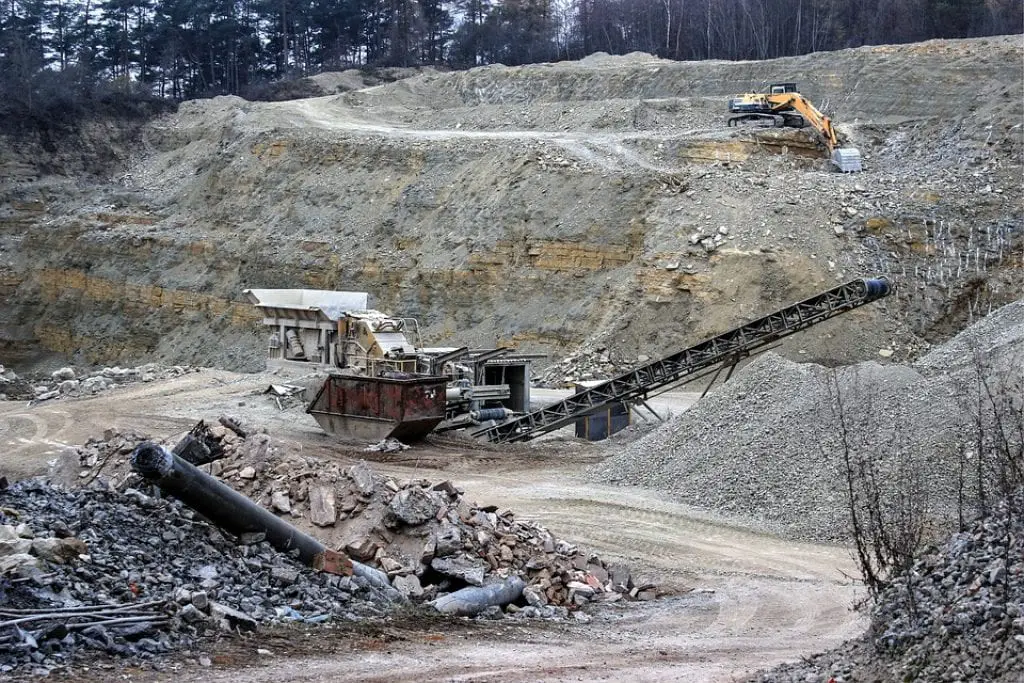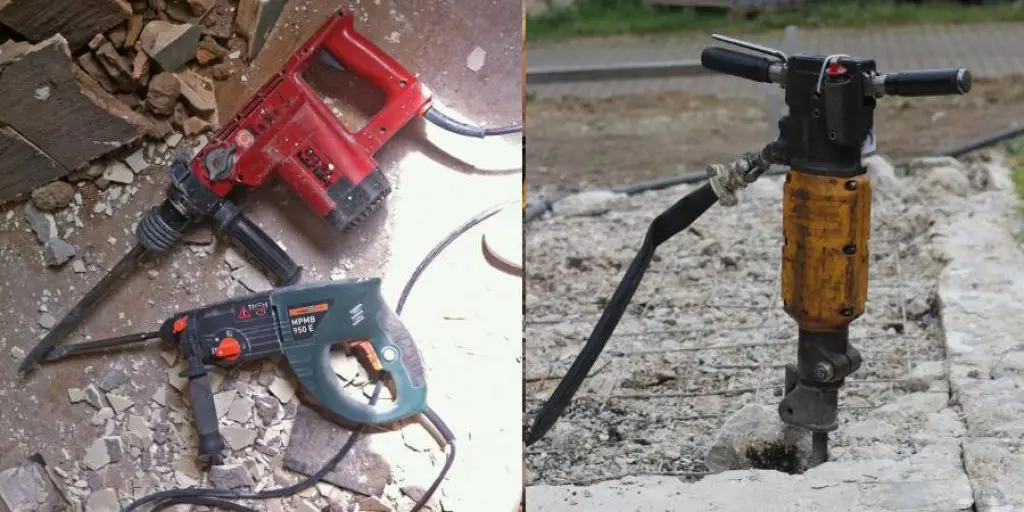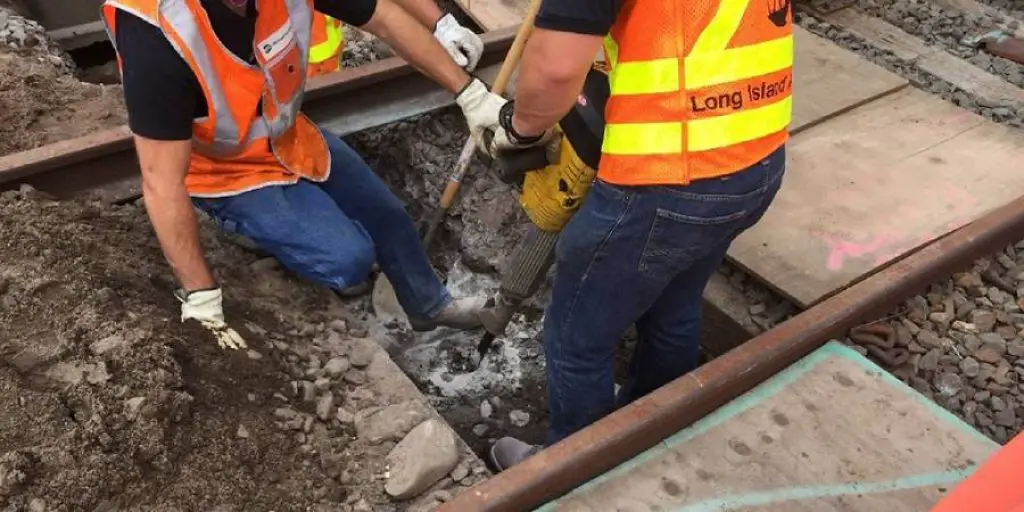Concrete removal can be quite challenging because of the risks and challenges associated with chipping large concrete slabs into smaller pieces. You can hire a concrete removal company for concrete breakage. For removal of smaller concrete pieces, you can avail “eco-dumpster’s concrete breaking services” to ensure professional and safe removal of concrete from the site. Here are the basics of every concrete removal procedure:

Site Preparation:
A dirty and cluttered site invites countless operational hurdles and possible accidents. Before you start concrete removal, it is vital to prepare the site for the operation.
- Make sure that the site is cleared from any sort of clutter. It is important to keep the tools and equipment away from the passageways where they can injure the workers.
- Remove any pieces of stray rubble and collect them alongside the corners of the operational site. Cover the chips and rubble with protective mats so workers can easily identify their placement and move freely.
- The passageway shall also be cleared so that the haulers can easily carry the broken concrete pieces away from the site.
Gather the necessary tools and equipment:
Concrete removal requires certain tools and equipment without which the task cannot be performed efficiently. After site preparation, it is now time for you to gather the important tools and equipment so that the workers can easily have access to them in time of need. Create a checklist of the following equipment and

tools to ensure their availability on site:
Tools:
- Electric circular saw with diamond or abrasive blades
- Shovel
- Large Pry bar
- Large pick
- Bolt cutters to remove metal wire mesh
- Jackhammer
- Sledgehammer
- Demolition saw for removing rebars
- Wheelbarrow
- Skip Bin
- Shovel
- Angle grinder
- Broom
- Crowbar
Safety first:
Concrete demolition sites are often the sites of many accidents. Because of the prevalence of extensive risks at concrete demolition sites, it is important to make the necessary arrangements to ensure worker’s as well as site safety. Never mix water into the rubble as it can create messy mud upon mixing with dust. To circumvent any concrete fragments coming your way, ensure that you have worn safety attire.

Safety Equipment:
- Thick safety gloves
- Safety Goggles
- Earmuffs
- Steel toe work boots
- Thick clothes to cover body against injurious elements
- Straight-edge wood piece for a guide
- Chalk for marking lines
- Dust mask and respirators
Step by Step concrete removal:
Breaking up the concrete into smaller pieces:
- Break the concrete slabs into smaller pieces by using a jackhammer, a crowbar or a sledgehammer.
- The best way to start breaking concrete is from the corner. Make a grid pattern as you move back from the corner.
- Always stand on a solid surface to properly handle jackhammer and remember to take breaks.
Cutting into any metallic installations:
If you find any metal wire mesh upon cutting through concrete, use an angle grinder to break down these metallic installments.
The collection, hauling, and removal:
Use a wheelbarrow and a shovel to collect the concrete pieces for hauling. Deposit the pieces in a skip bin and avoid overloading of the wheelbarrow.
Frequently Asked Questions
Can I Remove Concrete Myself?
While there are some DIY methods that can be used to remove concrete, it is generally a better idea to hire a professional. The reasons for this include the fact that removing concrete using DIY methods often requires excessive force and may cause damage to the surface or underlying foundation. Additionally, due to the alkaline properties of cement, mixing acids with water can lead to chemical corrosion in steel reinforcement bars and other metal components near the ground level.
When looking for a contractor, make sure you choose one who has experience working with concrete removal and understands how to handle these treacherous materials safely. Furthermore, ask them about their pricing structure before agreeing on an estimate so you know exactly what you’re getting into
Which Is the Most Suitable Tool for Breaking Up Concrete?
One option is a breaker bar, which is versatile and easy to use. It has a thin metal head that is attached to a long handle, making it perfect for breaking up small pieces of concrete. Another tool that can be used in similar ways is the pneumatic hammer; however, it’s less suited for tough or large chunks of concrete. Instead, this tool uses air pressure to deliver powerful blows that are able to shatter larger blocks into smaller pieces.
What Is the Best Way to Remove Concrete?
There are many ways to remove concrete, depending on the type of concrete, the amount of concrete, and the tools and equipment that you have available. Here are some of the most common methods:
1. Chipping – This is the most common method for removing concrete, and it works by breaking up the concrete into small pieces with a chipper. This process is slow and requires a lot of manpower, so it’s usually only used when other methods aren’t feasible or when the concrete is in a heavily protected area.
2. Breaking – This method uses a heavy hammer or an explosive to break up the concrete into small pieces. It’s faster than chipping, but it also tends to be more damaging to the surrounding environment.
3. Grinding – This technique uses a milling machine to grind away at the concrete until it’s powdery enough to be removed. It’s usually less damaging than breaking or chipping, but it can take longer to achieve results.
4. Pouring – In this method, water is poured on top of the concrete until it starts to break down. The water dissolves the cement in the concrete and leaves it exposed to air and sunlight, which causes it to slowly decompose. This method is faster than any of the others, but it can also be more damaging if not done correctly.








